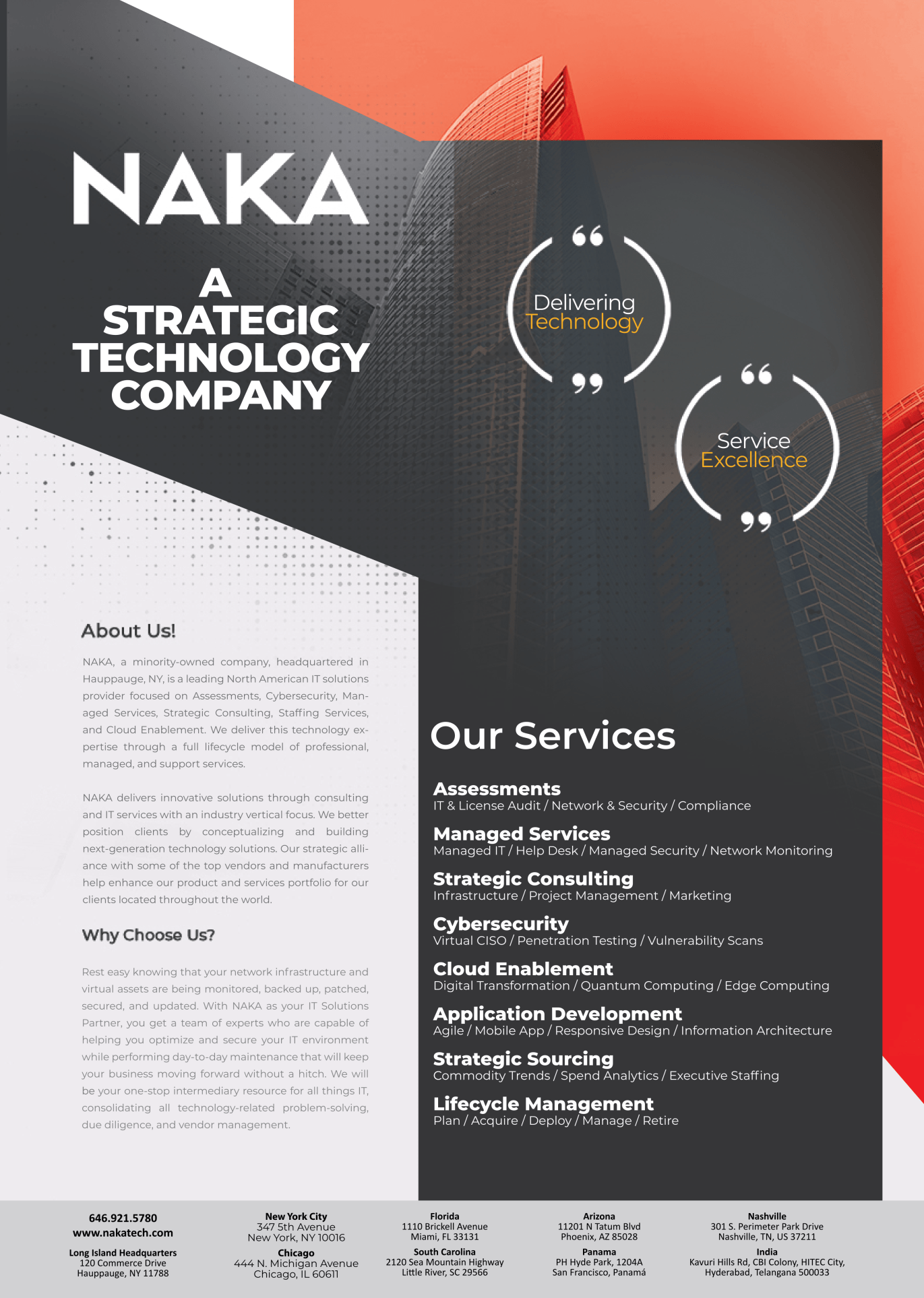The Role of AI and Machine Learning in Cloud Services

The Role of AI and Machine Learning in Cloud Services
Introduction
In the world of technology, two major players have been transforming the way businesses operate: Artificial Intelligence (AI) and cloud services. When these forces converge, they create a powerhouse of capabilities, revolutionizing industries and driving innovation.
What is Cloud Service?
Cloud services, in simple terms, refer to the delivery of computing resources and services—like servers, storage, databases, networking, software, and more—over the internet, allowing users to access and utilize these resources on-demand without the need for physical infrastructure.
These services are hosted and managed by third-party providers, enabling users to access data and applications from any device with an internet connection, eliminating the need for localized storage or computing power.
Types of Cloud Services
1. Infrastructure as a Service(IAAS)
IaaS offers virtualized computing resources over the internet. Users can rent servers, storage, and networking components on a pay-as-you-go basis. This model allows businesses to scale resources as needed without investing in physical hardware.
2. Platform as a Service(PAAS)
PaaS provides a platform allowing customers to develop, run, and manage applications without dealing with the underlying infrastructure. It offers tools and environments for app development, reducing the need for backend maintenance.
3. Software as a Services(SAAS)
SaaS delivers software applications over the internet on a subscription basis. Users can access these applications directly via a web browser without needing to install or maintain software locally.
Benefits of Cloud Service
-
Accessibility and Flexibility
- Anytime, anywhere access: Cloud services allow you to access your data and applications from anywhere with an internet connection. No more dependency on a specific device or location!
- Flexibility in Work: Work remotely or collaborate effortlessly with team members spread across different locations, promoting flexibility in how and where you work.
-
Cost-Efficiency
- Pay-As-You-Go Model: Cloud services operate on a pay-as-you-go basis, allowing you to pay only for the resources you use, minimizing upfront costs.
- No Infrastructure Investment: Say goodbye to the need for expensive hardware or infrastructure setup; cloud services reduce capital expenditure significantly.
-
Scalability and Resource Optimization
- Scalability: Easily scale your resources up or down based on your needs. No more worrying about running out of storage space or computing power
- Optimized Resources: Cloud services automatically manage and allocate resources efficiently, ensuring optimal performance without manual intervention.
-
Enhanced Collaboration
- Real-Time Collaboration: Collaborate seamlessly with team members on documents or projects in real-time, fostering productivity and innovation.
- Easy File Sharing: Share files securely with colleagues or clients, facilitating smooth communication and teamwork.
-
Reliability and Security
- Reliability: Cloud services offer robust backup and disaster recovery options, ensuring your data is safe even in unforeseen circumstances.
- Improved Security Measures: Providers implement advanced security measures, safeguarding your data against cyber threats and unauthorized access.
-
Innovation and Updates
- Frequent Updates: Cloud services often provide regular updates and innovations, ensuring you have access to the latest features and technologies.
- Access to Advanced Tools: Gain access to cutting-edge tools and applications without the hassle of purchasing or maintaining them separately.
-
Environmental Impact
- Reduced Environmental Footprint: Cloud services enable better resource utilization, reducing the need for individual data centers and leading to a smaller carbon footprint.
Understanding Artificial Intelligence and Machine Learning
Artificial Intelligence
Artificial Intelligence refers to the development of computer systems that can perform tasks typically requiring human intelligence. These systems are capable of learning, reasoning, problem-solving, understanding natural language, and more.
Machine Learning
A subset of AI, Machine Learning involves the creation of algorithms that enable systems to learn and improve from experience without being explicitly programmed. They learn patterns and make predictions based on data.
Impact of AI and Machine Learning on Cloud Services
1. Enhanced Data Processing and Analysis
-
Smart Data Analysis
AI algorithms in the cloud can swiftly analyze vast amounts of data, providing valuable insights and predictions. This aids in making data-driven decisions, optimizing processes, and understanding consumer behavior.
-
Improved Data Security
Machine learning algorithms can detect anomalies and patterns in data, enhancing security measures within cloud services, identifying potential threats, and preventing cyber attacks.
2. Personalized User Experience
-
Customized Recommendations
AI algorithms in the cloud analyze user behavior to provide personalized product recommendations and experiences, boosting customer satisfaction and retention.
-
Natural Language Processing (NLP)
Cloud-based AI models comprehend and respond to human language, enabling chatbots and virtual assistants to interact with users more naturally and effectively.
3. Efficient Resource Allocation
-
Automated Resource Scaling
AI-driven algorithms in the cloud can monitor resource usage and automatically scale up or down based on demand. This ensures efficient resource allocation, cost optimization, and improved performance.
4. Advanced Security Measures
-
Predictive Maintenance
Machine learning algorithms in the cloud predict equipment failures before they occur, allowing for proactive maintenance. This reduces downtime and prevents costly disruptions.
-
Financial Forecasting
AI-based predictive models analyze financial data to forecast market trends and risks, aiding businesses in making informed investment decisions.
5. Facilitating Innovations
-
Accessible AI Tools
Cloud-based AI and machine learning services provide accessible tools and frameworks, empowering developers and businesses to create innovative applications without requiring extensive expertise in AI.
Challenges and Considerations
-
Data Privacy and Ethics
A cornerstone of concern within the realm of cloud services is the preservation of user data privacy. As AI and ML algorithms analyze vast datasets hosted within cloud services, the ethical utilization of this data becomes crucial. Balancing innovation with user privacy and ethical considerations is paramount.
The transparency in data collection, storage, and utilization within cloud services forms the bedrock of maintaining user trust. Adherence to stringent data protection regulations such as GDPR and the ethical handling of data within the cloud infrastructure are fundamental principles in this regard.
-
Skill Gap and Education
The rapid progression of AI and ML technology surpasses the current availability of skilled professionals adept at deploying these technologies within cloud services. Addressing this skills gap necessitates robust educational initiatives and comprehensive training programs.
Investing in educational resources tailored to AI and ML technologies within cloud services empowers individuals and organizations to effectively implement and optimize these technologies. Closing this expertise gap is essential to fully harness the potential of AI and ML within cloud infrastructures.
-
Regulatory Compliance
Operating within diverse regulatory frameworks governing data protection and usage poses a multifaceted challenge for cloud services integrating AI and ML. Various industries and regions have distinct regulations, such as HIPAA in healthcare or financial compliance standards.
Aligning cloud services with these regulations while integrating AI and ML requires meticulous attention and adaptation. Compliance ensures that data handling practices within cloud services meet the legal standards set forth by these regulations, highlighting the need for ongoing vigilance and adaptability.
Conclusion
As AI and ML technologies become increasingly intertwined with cloud services, addressing these challenges becomes paramount for responsible innovation. Prioritizing user data privacy, closing the skills gap through education, and ensuring compliance with regulations are foundational steps.
Overcoming these challenges in integrating AI and ML into cloud services sets the stage for responsible and ethical innovation. Collaborative efforts among industry leaders, policymakers, educators, and cloud service providers are crucial in fostering a landscape that encourages the responsible and impactful use of these transformative technologies.



